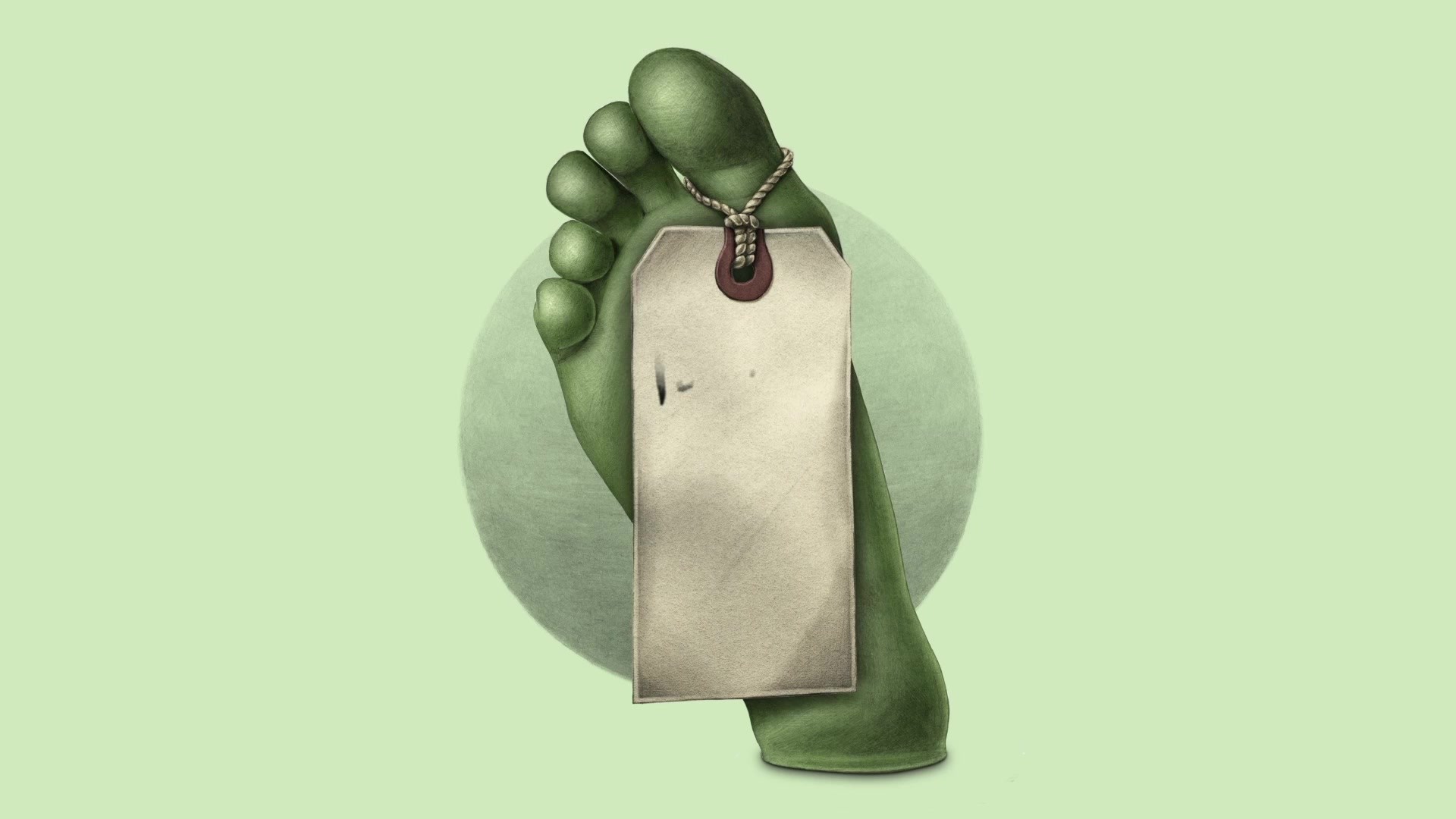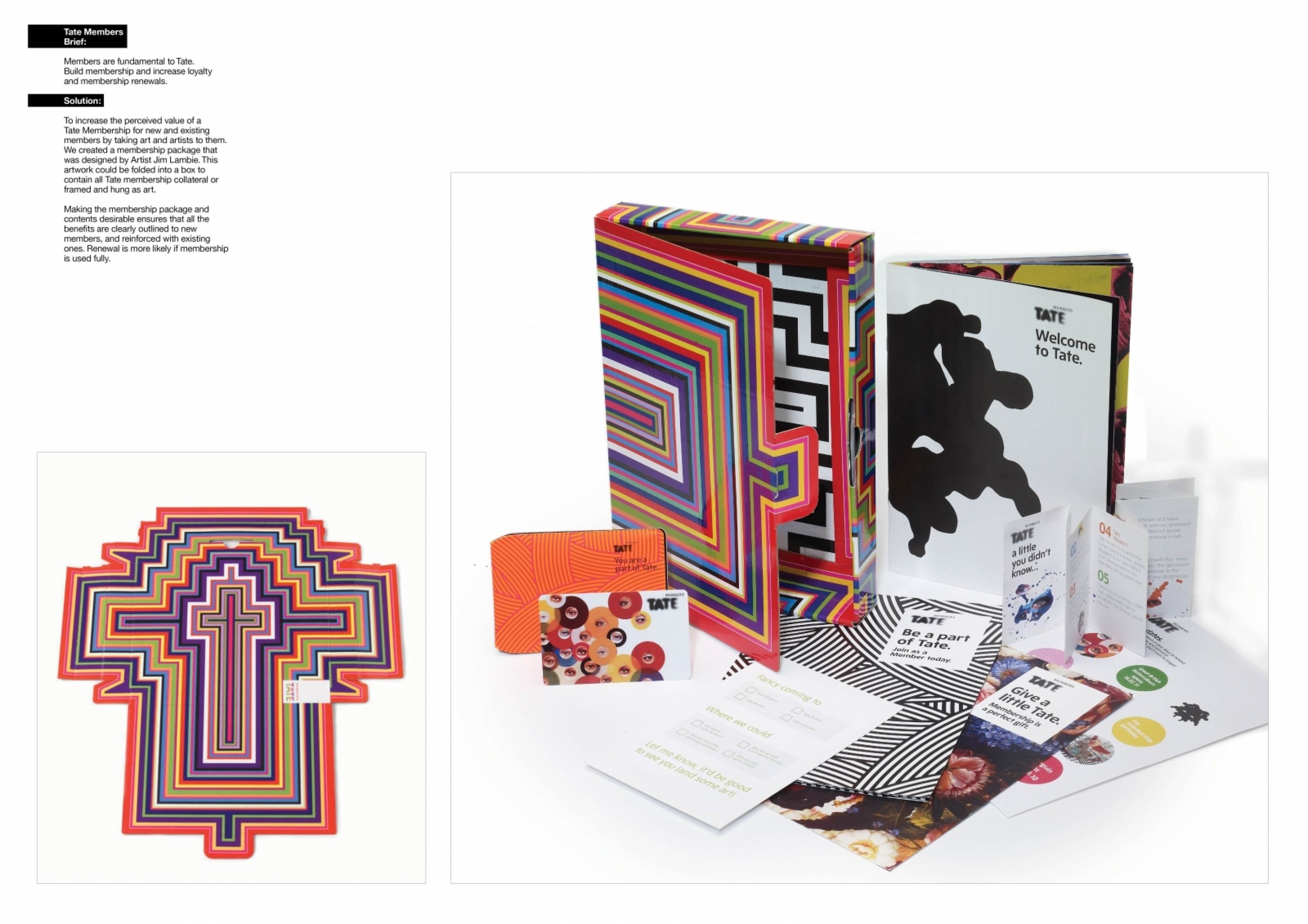Cannes Lions
Tate Sensorium
FLYING OBJECT, London / TATE / 2016
Overview
Entries
Credits
Overview
Description
Tate Sensorium was a multi-sensory art exhibit. Taste, touch, smell and sound stimuli accompanied paintings in the exhibit, designed to bring out qualities of the painting - texture, mood, brightness etc. By speaking to all the senses, we aimed to create meaningful, intense engagements with the artworks.
We framed the experience as an experiment and measured the intensity of visitor’s bodily reactions with a biometric wristband, giving them another accessible way to review, compare and share their own response to the Sensorium.
The Sensorium was inspired by scientific discoveries around how our senses work together constantly and in the most surprising ways, to create our perception of the world, even in the most sensorially neutral environments.
By framing Tate Sensorium as an open experiment, featuring experimental technology and biometric measurements, we could cut through to the younger, target demographic by re-framing a visit to a museum as a must-attend, new experience.
Execution
Tate Sensorium was a multi-sensory art display that ran for six weeks at Tate Britain, housed in a closed gallery, with intimate groups of ticket holders.
We chose four paintings from Tate’s collection, exhibited with combinations of stimuli to taste, smell, hear and touch. For example, a Francis Bacon painting was combined with a dry, textured chocolate; scents and soundtrack evoked the park setting.
These stimuli were designed through prototyping with sensory specialists and user testing. We deployed technologies like experimental ultrasound haptics, dynamic fragrance release and directional speakers.
Visitors' biometric response data was presented back to them and used to create personal multi-sensory tours of Tate Britain, expanding the idea across the permanent collection.
The staging of the experience combined theatricality and interaction. Timed lighting guided visitors visually and created an alternative gallery space, where a different set of rules and expectations applied, all within Tate’s strict guidelines.
Outcome
Reaching press outlets with a new message about the museum was a central part of the value for Tate Britain’s brand. Positive coverage extended beyond core arts press to consumer, style and technology publications. A broad range of outlets, including Wall Street Journal, Guardian, Sunday Times, Telegraph, BBC radio and TV, Fast Co, the Atlantic, Vice and Wired, enthusiastically covered the Sensorium.
On social media visitors posted enthusiastically about the idea, their intention to visit and photos of their biometric printouts - a biometric selfie.
Visitors were overwhelmingly positive: 4000 visited the Sensorium and queued around the building to claim tickets. Our questionnaire demonstrated that a new, younger audience had taken part - mean age 38.8, 71% hadn’t visited Tate Britain before and 84% would return. Average overall experience was 4.23 out of 5.
Due to the Sensorium’s overwhelming success, Tate’s Director Nicholas Serota extended its run by two weeks.
Similar Campaigns
12 items








